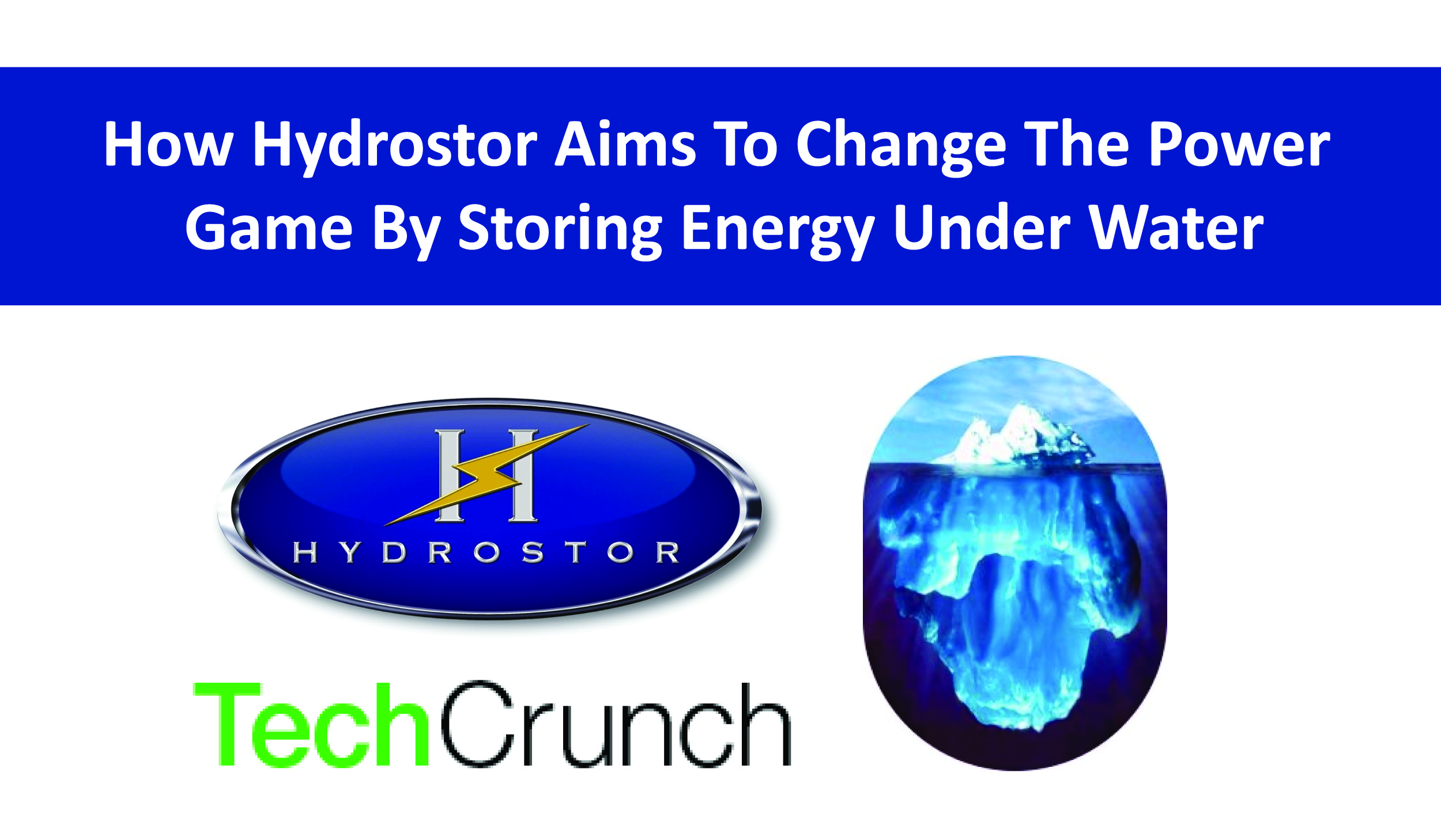he word “green” is tossed around a lot as a catchall term to describe sustainable or environmentally friendly projects, businesses, energy, and more. Green construction and architecture, for one, are proliferating across the world, but when it comes to gauging how “green” a building is, for example, one finds that there are more than a few standards by which to determine its efficiency and sustainability. Enter Toronto-based Zerofootprint: A cleantech software and services company, which is leveraging competitive benchmarking between peers to help determine the “green” factor for any given building. Ron Dembo, the founder of Zerofootprint, contends that, if you want to motivate developers to improve the efficiency of a building, one can’t simply benchmark against everyone else, because each community has a different climate. Thus, the founder says that Zerofootprint aims to focus on benchmarking buildings against other buildings within a community to achieve maximum community efficiency. Zerofootprint uses its mapping and analytics engine to correlate multiple consumption and usage data points, like power usage, costs, emissions, etc., that it then plots on an interactive map for easy viewing. Currently, the company is working with over 100 customers that include entities like school boards and municipalities, and is leveraging its data in school districts to drive change at a school-by-school level. By tracking power usage at this local level, Zerofootprint is quickly able to see which schools are using higher amounts of power and thus incurring a higher cost. Through some quick analysis, it’s able to track and see that a school board may be paying $2,500 per child in electricity vs. $800 in another school, for example. Some of these differences can be traced to age of the building, but another key component is behavior. By sharing this information with key stakeholders (including students, teachers, parents and administrators), the schools can then work to reduce energy costs. It is the hope that by reducing energy costs, school districts can focus on using those funds towards education instead of just keeping the lights on. According to Dembo, through realtime feedback with its system, Zerofootprint has already been able to help certain schools achieve 20 percent energy reduction. He also says that it’s been interesting to see the reaction from stakeholders for installations that have not even taken root. Zerofootprint has recently deployed their solution with the Halton Catholic District School board. “Even in the early stages of this initiative, teachers and principals are excited about using the Zerofootprint tool to engage students and encourage behavioral change when it comes to energy use in our schools. Our Board looks forward to using this tool to track carbon emissions and...
Read MoreThis post was originally posted on Tech Crunch here There has been a fair bit of concern in recent years about the ability of our power plants to supply adequate electricity during periods of peak demand. Hydrostor, a Toronto-based company, is taking a different approach in offering a solution that allows plants to store their power using compressed air in underwater storage tanks. More specifically, Hydrostor takes the excess energy created during periods of off-peak consumption and converts that energy into compressed air via an air compressor, which in turn inflates accumulators placed under the surface of a body of water. The depth of the water keeps the air at a constant pressure, helping to store the energy potential. When power is required, the air is released through an expander and electricity is produced. Through the heat-exchanger, modern compressors and expanders, the system approaches adiabatic operation, achieving efficiencies over 70 percent. This technology has the potential to address the intermittent nature of renewable energy, help decongest transmission and distribution lines, and create better efficiencies of existing generation. To date, Hydrostor has relied heavily on government and research grants to get started. They are now seeking further funding from both private sources and government groups to expand. They are currently in the pilot stage of a number of projects. The benefits are obvious—tapping into a store of power when consumers demand it, rather than constantly maintaining a higher-than-normal supply would create a more efficient network. Hydrostor estimates that over 50 percent of the world’s biggest load centers are located by water and would therefore be candidates for their system. If this model proves true, it would save billions of dollars and the years it takes to build new generators. Hydrostor is not looking to replace new generation projects, but merely to make the existing grid more effective and reliable. The company was founded by Cameron Lewis in 2010 when he identified the need for a more efficient way to store electricity. Cameron estimates that the cost of storing energy using his system is 50 percent cheaper than storing electricity via batteries. He came upon the idea while working at a wind farm in Northern Ontario, and saw the potential of power storage. Alternative power sources, such as wind, require some sort of power storage mechanism to create an augmented base load. For the uninitiated, “base load” refers to the minimum amount of power that a utility or distribution company must make available to its customers at any time. A base load is traditionally created by running plants 24/7 to generate the required energy. One of the traditional knocks against renewable energy...
Read More
